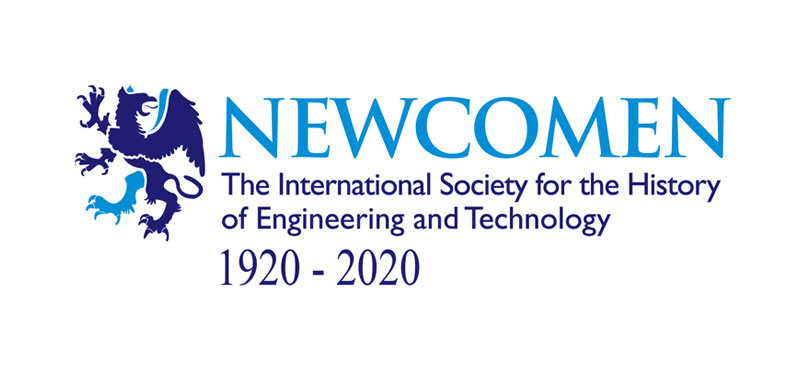This year, 2020 we celebrate the centenary of the Newcomen Society. The origins of the Newcomen Society for the Study of the History of Engineering and Technology were described on 12 November 1941 by Arthur Titley, the first President (1920-22), in his paper ‘Beginnings of the Society; A Note on the Attainment of its Majority’. In this centenary year, I make no apology for borrowing – and slightly adapting – the title of Titley’s twenty-first anniversary paper.
Arthur Titley was a Birmingham consultant engineer, who attended that city’s 1919 Watt Centenary Commemoration. According to Titley, on the first day, 16 September, in the tea tent at Heathfield Hall, Watt’s former home, he suggested to a friend, John W Hall (President 1926-28), forming a Society for the study of engineering history. Hall replied ‘Well, you are the first to suggest that but if you start it, I’ll become a member’. Next day, on a charabanc trip to Ocker Hill to see the 1777 Watt engine in steam, Titley noticed an unknown person assiduously taking notes, who proved to be Henry W Dickinson of the Science Museum. Arriving at Ocker Hill, Titley approached Dickinson with his suggestion; Dickinson ‘at once agreed’, saying ‘We will find you in London half-a-dozen members’ and he then introduced Titley to Rhys Jenkins (President 1924-26).
Visiting London, Titley called on Loughnan Pendred, editor of The Engineer (President 1922-24), and Dr T E Lones, of the Patent Office, who both welcomed the idea. Thereafter, ideas were developed separately in London and Birmingham; eventually, fourteen prospective members met on 4 June 1920 at the London offices of The Engineer.. They discussed how the Society should operate and, on the proposal of Rhys Jenkins, Titley was asked to act as President. A London committee was then formed, with Dickinson as Hon Secretary. By the day’s end, so Titley tells us, all was agreed except for the name of the Society. Those present felt that ‘some name, brief but with an implied historical appropriateness’, was needed and to resolve the impasse Pendred invited those who could to join him, to dinner at the Savage Club. There, a ‘very pleasant party’ discussed the name at length; Watt’s name was considered but rejected because ‘we thought that this might be not entirely free from notes of discord inherited from the past’. Titley credits Pendred and Dickinson jointly with suggesting the name of ‘Thomas Newcomen of Dartmouth, Devon, the man who first drove a piston by the agency of steam’. In that way our Society came to have the long name by which it is formally (and legally) known.
The first Ordinary General Meeting was on 5 November 1920 at the Patent Office in London, when, ‘at the express invitation of the Committee’, Mr E Wyndham Hulme read his paper ‘Introduction to the Study of Historical Engineering to the Year 1640’. During the first (1920-21) session, five papers were presented, by four different authors, at various venues in London and (for Arthur Titley’s Presidential Address) in Birmingham. In the 1921-22 session, the Society was clearly becoming established and ten papers were read, all by different authors, at exclusively London venues – Caxton Hall, Westminster, The Institution of Marine Engineers, and King’s College. It would be some time before the Society settled in its long-term home at the Science Museum.
Clive Ellam, February 2020

